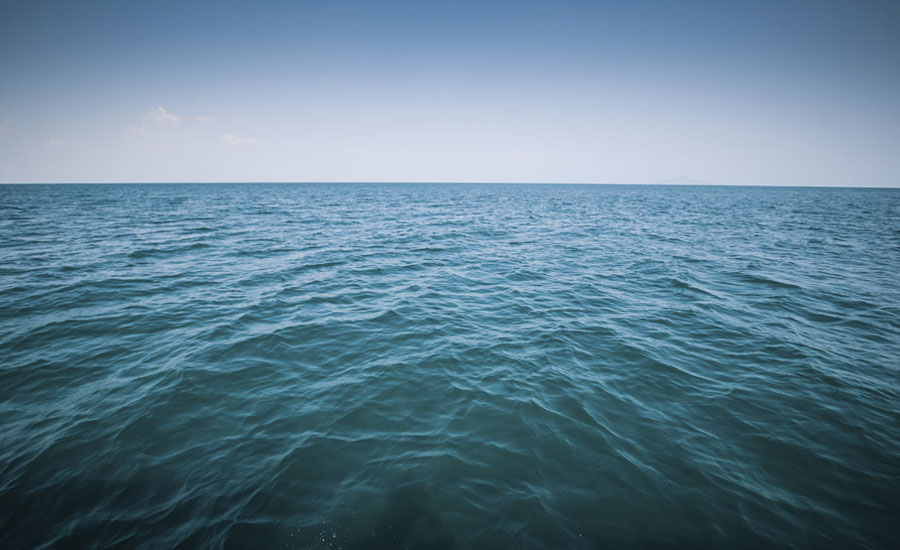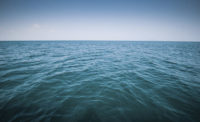Inside NIOSH:
Life-saving equipment & training critical to surviving a fishing vessel disaster

Commercial fishing vessels in the cold, remote waters of Alaska are required to carry equipment to survive vessel sinkings. NIOSH examined the importance of this lifesaving equipment and the need for marine safety training in a recent study published in the journal Safety Science.
Investigators looked at the events surrounding the sinking of 187 fishing vessels off the Alaskan coast during 2000 to 2014. They obtained the information from the NIOSH Commercial Fishing Incident Database, which is a surveillance system of work-related deaths and vessel disasters in the U.S. fishing industry. Among the 617 crewmembers onboard these sinking vessels, 557 survived and 60 died.
The investigators found several characteristics associated with surviving a fishing vessel sinking. When crewmembers spent any length of time in the water before rescue, characteristics that predicted survival were being within three miles of shore at the time of sinking, the sinking being unrelated to weather, and the crewmember entering a life raft. When immersion in the water exceeded 30 minutes, these characteristics changed somewhat. In addition to entering a life raft, wearing an immersion suit increased the odds of survival. As with survival after any time spent in the water, survival post 30 minutes increased when weather did not cause the sinking, while distance from shore was not associated with survival in these situations.
These findings underscore the importance of having access to life-saving equipment onboard fishing vessels and training to use it properly. NIOSH recommends that crewmembers take a marine safety class at least once every 5 years, wear a personal flotation device (PFD) whenever on deck, and participate in monthly safety drills. A complete list of recommendations for crewmembers and vessel owners and operators is available on the NIOSH website.
More information is available:
- Factors Associated with Crewmember Survival of Cold Water Immersion Due to Commercial Fishing Vessel Sinkings in Alaska
- NIOSH: Commercial Fishing Safety
Source: NIOSH
Looking for a reprint of this article?
From high-res PDFs to custom plaques, order your copy today!





